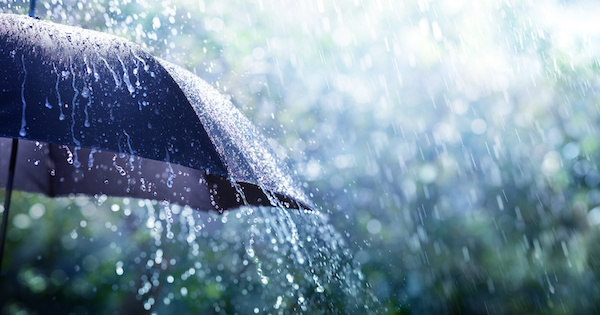

Photo: Adobe Stock / Romolo Tavani
After many years of drought, in late 2023 and early 2024 California experienced significant rain. Indeed, the National Oceanic and Atmospheric Administration reported rainfall quantities far exceeding averages in most areas statewide. With the rain came consequences for many of California’s industrial facilities including an onslaught of 60-day notices of violation (NOVs) from private enforcers threatening to file federal Clean Water Act complaints.
Consequences arose because many of California’s industrial facilities are subject to California’s General Industrial Storm Water Permit (IGP). For those new to this regulatory framework, the IGP regulates industrial stormwater discharges and non-storm water discharges from specified industrial facilities in California. Legally, the IGP implements the federally required stormwater regulations under the Clean Water Act in California for stormwater discharges to waters of the United States — a vague term, per the U.S. Supreme Court’s recent decision on that topic.
The current iteration of the IGP (WQ 2014-0057-DWQ as amended in 2015 by WQ 2015-0122-DWQ and in 2018 by WQ-0028-DWQ) became originally effective in 2015 and contains provisions regarding Discharge Prohibitions, Effluent Limitations, Receiving Water Limitations, Total Maximum Daily Loads, Storm Water Pollution Prevention Planning, Sampling, Monitoring, and Reporting, among other topics. While the 2015 IGP brought many new changes to stormwater regulation, perhaps the greatest change was to require mandatory electric filing under the Storm Water Multiple Application & Report Tracking Systems (SMARTS). SMARTS was designed to foster greater public transparency and data management with respect to stormwater.
However, parties subject to the IGP have become acutely aware that they are being watched closely. Prior to SMARTS, it was more difficult for private enforcers to identify IGP non-compliance, as records could only be requested by formal public records act requests. Since the advent of mandatory electronic filing via SMARTS, almost anyone can quickly and efficiently identify facilities that are potentially out of compliance with the IGP.
Responding to an IGP NOV can be a complex matter. Here are some tips we’ve developed to facilitate success:
Full article: facilityexecutive.com
Clean water is essential for life, yet millions of Americans unknowingly consume contaminants through their…
Human brains contain higher concentrations of microplastics than other organs, according to a new study, and the…
From the Office of the Governor: In anticipation of a multi-day, significant atmospheric river in Northern California,…
From Governor Newsom: Scientists, water managers, state leaders, and experts throughout the state are calling…
Photo: A harmful algal bloom in Milford Lake, Kansas, made the water appear bright green.…
An expanded plastic foam coffee cup is at a donut shop in Monterey Park, California.…